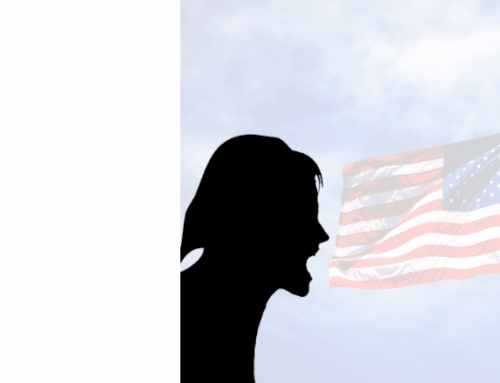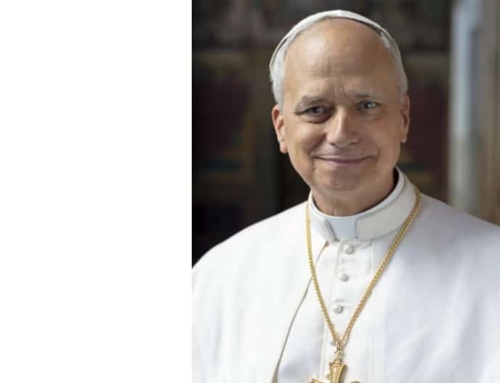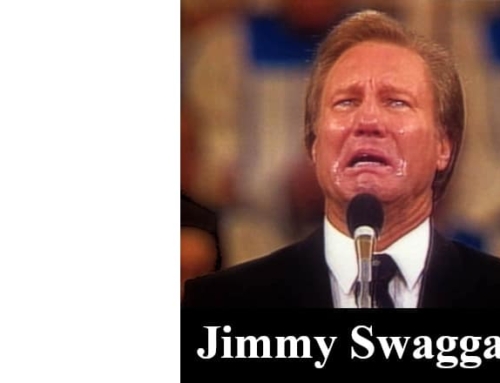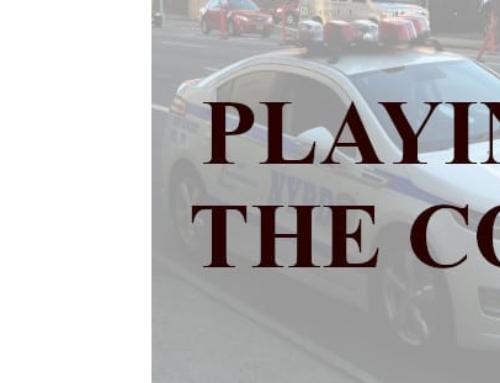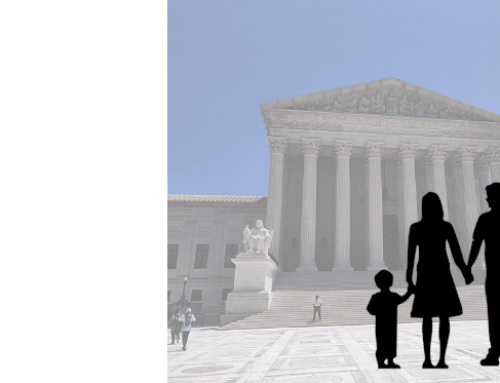Catholic League president Bill Donohue comments on how the artistic community is responding to a portrait of the Klan:
Quiz: Which of the following represents hate speech?
- a) a depiction of Klansmen at a gathering
- b) a play that depicts Jesus having sex with the apostles
- c) a portrait of the Virgin Mary smeared with feces
- d) a video of huge ants crawling all over a crucified Jesus
Those in the artistic community know the right answer: “a.”
Not only do they find the three anti-Catholic depictions acceptable, they castigate those who disagree, even to the point of challenging their right to object.
The New York Times has a front-page story in the “Arts” section today titled, “Treading Cautiously”; the subtitle reads, “A panorama of a modern-day Klan gathering challenges a museum to consider all concerns.”
Why is the arts community “treading cautiously” about a mundane portrait of Klansmen? There is nothing vulgar or obscene about the depiction—there are no blacks hanging from a tree—just a dozen or so guys wearing sheets and pointy-headed hats.
The piece, which is the work of Vincent Valdez, is on display at the Blanton Museum of Art at the University of Texas at Austin. Believe it or not, the museum got so worked up about it that it took them two years deciding how to roll it out. Now they admit they blew it: they should have run it by the NAACP. Maybe they needed another year.
Michael Hardy, the reporter who covered this story for the Times, noted that this masterpiece “required sensitivity.” Indeed, the curators had a special gallery built featuring warning signs: beware, it said, this work “may elicit strong emotions.”
Hardy cites the advice offered by the National Coalition Against Censorship. It has a document detailing ways to handle controversy. He fails to mention that this organization does not always get worked up about controversial artwork, especially when the hate speech is directed at Catholics.
In the aforementioned quiz, it was the 1998 play, “Corpus Christi,” that depicted Christ having sex with the apostles. When I led a demonstration against it in front of the Manhattan Theater—I never sought to censor it—the Catholic League was criticized by the New York Times. The National Coalition Against Censorship went beyond criticism—the “anti-censorship” group objected to our right to raise objections, turning out a small contingent to protest our demonstration.
The same newspaper and organization criticized the Catholic League in 1999 when we objected to a portrait of the Virgin Mary smeared with elephant dung; it was displayed at the Brooklyn Museum of Art. In 2010, these same two sensitivity-police organs hammered us again, this time for protesting the ants-on-Jesus video featured by the Smithsonian.
The National Coalition Against Censorship is not only a fraud—it tried to stifle the free speech of the Catholic League—it lectured Catholics on the need to put aside their objections to the Virgin Mary portrait. It still does.
On the organization’s website, under “Issues,” there is a “Religion” section that speaks to the work of Chris Ofili, the genius behind the fecal art. “The Holy Virgin Mary, showed the Virgin as black, with a three-dimensional breast made from a ball of elephant dung. Some Catholics were outraged. They saw a s***-smeared holy icon—a defaced Virgin. What they neglected to discover was that Ofili himself is a Catholic, and that he drew upon his African roots to represent his idea of the Virgin Mary. The elephant dung symbolizes fertility and the Earth in Ofili’s culture.”
This ignorant statement is wrong on four counts.
It never mentions the pictures of vaginas—porn cutouts—that adorned Our Blessed Mother. Ofili is a self-hating Catholic, and besides, his religion is irrelevant: if a nutty Jew put a swastika on a synagogue and calls it art, are his critics disarmed? Ofili is not African—he is a Brit (his parents are from Nigeria). And it is a racist myth to ascribe feces as an honorific statement in African culture. Tell that to the Nigerians.
It is not easy deciding which is worse—the poverty of intellectual thought, the dishonesty, or the anti-Catholic bigotry.



